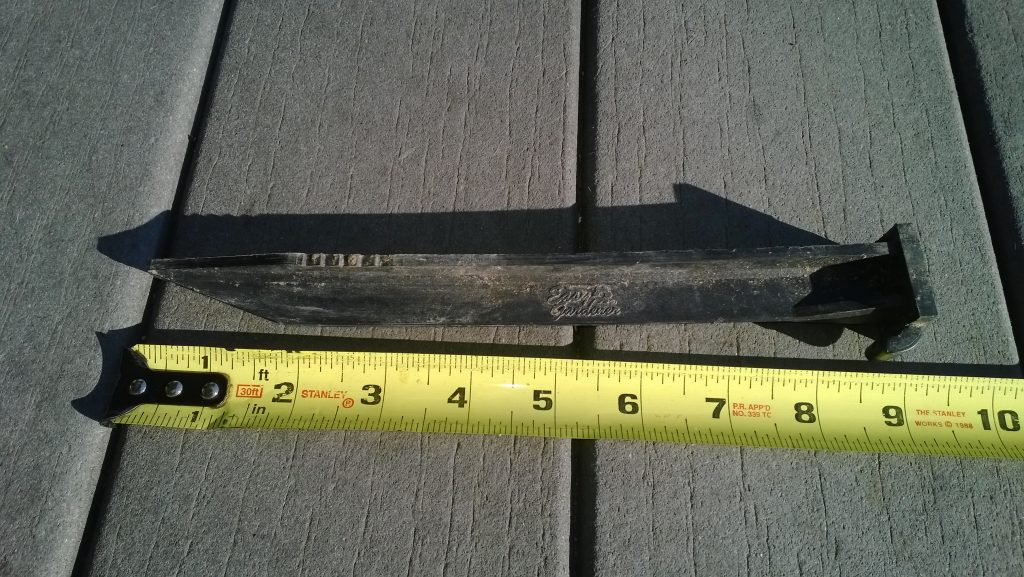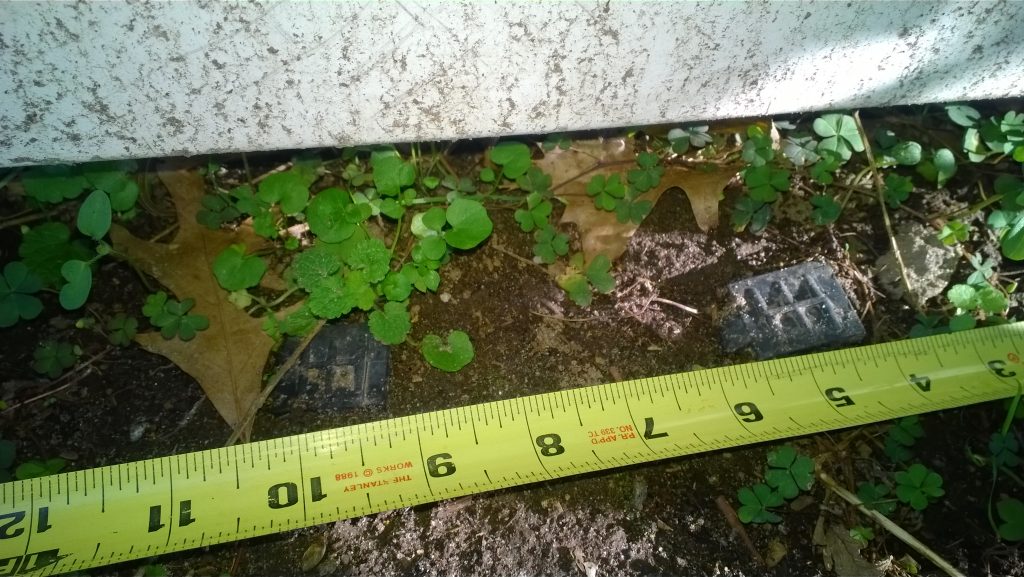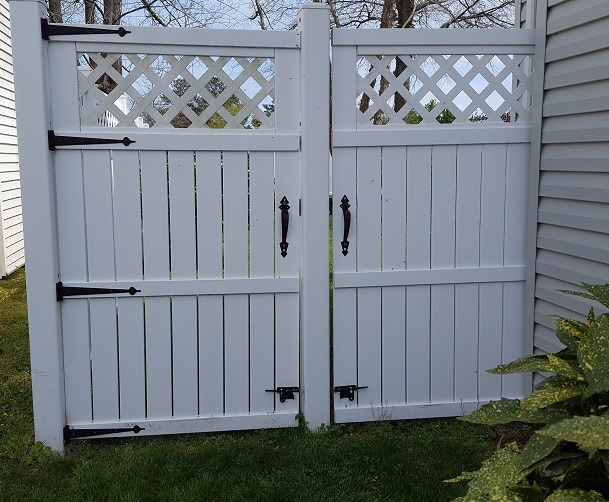Dig it
Original article by S. Veigel March 13, 2017
 So I had two dogs over the years that were escape artists. One was an American Fox Hound named Charlie (web site name sake) and the other was a Beagle named August (A.K.A. Auggie). My solution for Auggie was pure simplicity. So I’ll start there.
So I had two dogs over the years that were escape artists. One was an American Fox Hound named Charlie (web site name sake) and the other was a Beagle named August (A.K.A. Auggie). My solution for Auggie was pure simplicity. So I’ll start there.
Auggie’s “Low Ground” Strategy
When Auggie was a pup her approach to back yard confinement was to target the low ground under the fence. That way she could do a minimal amount of digging, squeeze under and then go exploring in the neighborhood park behind our house. Looking out the kitchen window and not seeing Auggie I then had to run around the end of the block, because of all the privacy fences, and chase after Auggie who was blissfully trotting through the park on a sight-seeing tour.
 At first I approached this the hard way. I took a section of short plastic decorative garden fencing and buried it along the back yard fence. As I worked on just one section I had several thoughts. The first thought was that I was putting some sizeable garbage in the yard. The second thought was that all the digging in the hard clay soil necessary to bury it was going to wear me out. The third thought was that if I struck the TV cable buried just a few inches under the ground I was going to have a bigger problem. But then, as it does, necessity gave way to inspiration.
At first I approached this the hard way. I took a section of short plastic decorative garden fencing and buried it along the back yard fence. As I worked on just one section I had several thoughts. The first thought was that I was putting some sizeable garbage in the yard. The second thought was that all the digging in the hard clay soil necessary to bury it was going to wear me out. The third thought was that if I struck the TV cable buried just a few inches under the ground I was going to have a bigger problem. But then, as it does, necessity gave way to inspiration.
First I measured Auggie’s head and shoulder width. Then I went to the hardware store and bought several packages of 9 inch nylon “Paver Stakes”. I laid a tape measure on the ground and hammered them in every 5 inches just under the edge of the fence where Auggie liked to dig out. As I drove them in I made sure to leave them high enough to block any attempt to squeeze over the top of the stakes.
 Happily I was done with this simple task in short order and the black stakes in the grass were barely visible. Plus, if I did drive one in near the TV cable the tapered smooth shape would just push the cable aside and save me a lot of grief.
Happily I was done with this simple task in short order and the black stakes in the grass were barely visible. Plus, if I did drive one in near the TV cable the tapered smooth shape would just push the cable aside and save me a lot of grief.
These are now sold as 10 inch stakes and you can find these in hardware stores where patio and walk way stones are sold. A package of 10 (in 2017) costs about $10.98. They are tough enough that dogs can’t chew the ends off and long enough they can’t pull them out of the ground (I’ve seen them try). If you have to remove one, even you may want to grab a crowbar to pry them up.
Charlie’s “Use the Flex” Strategy
When I drive around the neighborhood I can’t help but notice the patchwork of replaced wood fencing sections. Don’t get me wrong, they’re nice. I’m just glad, as I get older, that I invested in a white epoxy-vinyl fence so I don’t have to be out replacing rotting sections (Please, no offense – they’re wood, they rot). The only problem was that Charlie figured out that if he pushed hard enough he could get the bottom of the gate on this type of fencing to flex.
In the back story “And Then Came Charlie” (on this site) Charlie’s amusing and clever antics with the gate are detailed more than I need to convey here. Let’s just say it took a bit more work than I anticipated.
 To stop Charlie from digging under the gate and flexing the bottom of it to get out I first purchased an inexpensive slide bolt which I attached to the bottom of the gate. I put this on the outside of the fence to make it easily accessible when I came around with the lawn mower or for service personnel who might need to get in when I was gone.
To stop Charlie from digging under the gate and flexing the bottom of it to get out I first purchased an inexpensive slide bolt which I attached to the bottom of the gate. I put this on the outside of the fence to make it easily accessible when I came around with the lawn mower or for service personnel who might need to get in when I was gone.
In the end I also had to dig a shallow trench under the gate, mix some concrete in a bucket, pour it in the trench and set a few 9 x 6 inch gray paver blocks upended into the concrete. These were spaced every few inches like a castle wall. After the concrete set for a day I shoveled the dirt back over it, the grass grew and you wouldn’t even know it was there. But Charlie knew it. Before I covered it with dirt he went over, sniffed it, touched it with his paw and instantly decided to leave the gate alone.
A basic slide bolt for a gate costs between 3 to 5 dollars. I got the 9 x 6 inch gray pavers for less than a dollar each.